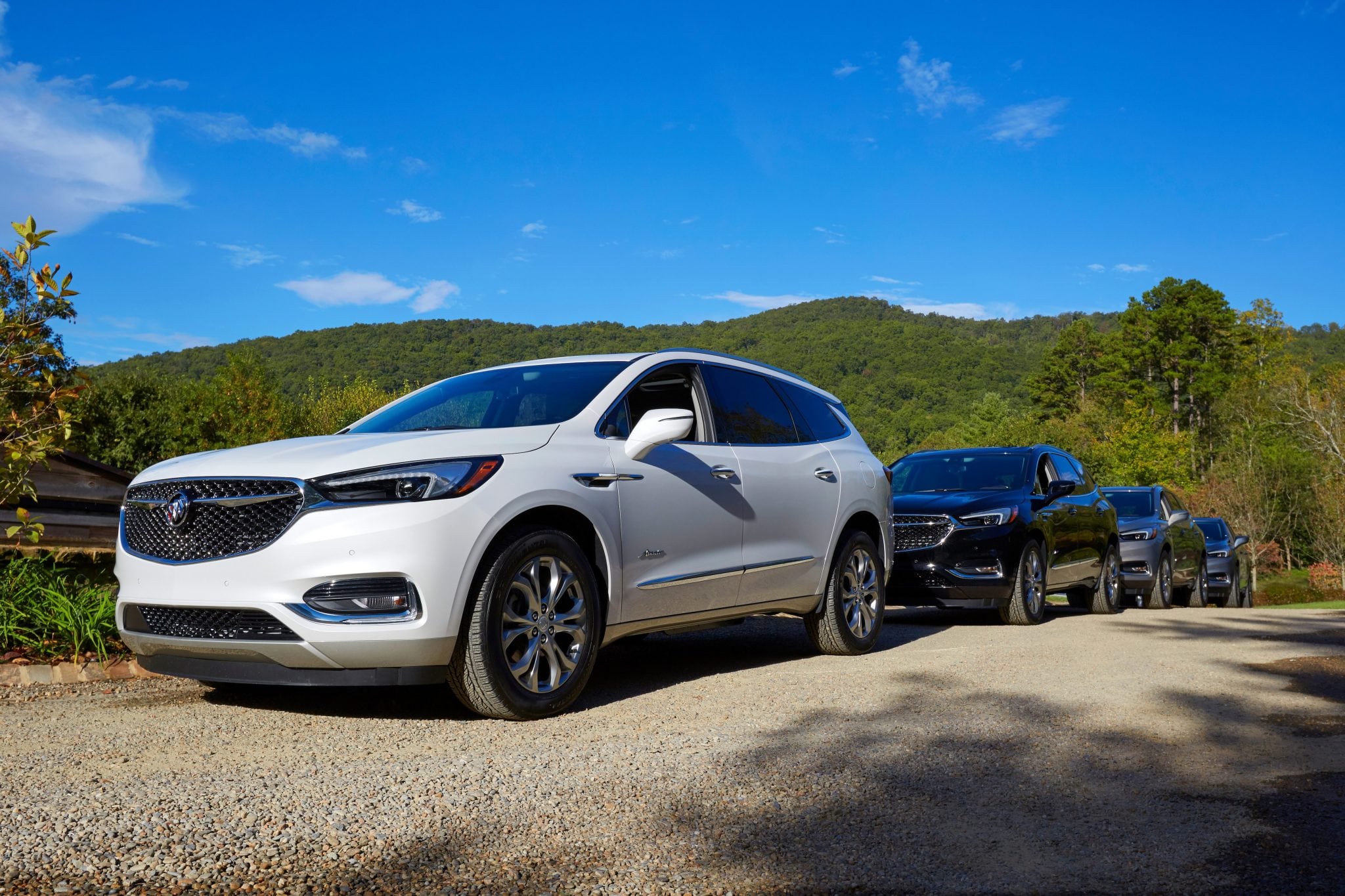Buick Bets on Attainable Luxury With Latest Sub-Brand

Skift Take
Although the auto industry sits adjacent to travel with its own tricks and trials, executives in both camps are looking to respond to luxury consumers' shifting priorities with the right balance of brands and packaging. Avenir is a good example of a team that's doing it right.
Buick sensed a golden opportunity to reinvent itself for a younger aspirational marketplace and has, for the past decade, followed through on that vision. The most recent effort to shake off its storied past and appeal to young millennial families came this fall with the introduction of the Avenir sub-brand.
What does a sub-brand mean in the car world? The label means that a vehicle, so far two models have been announced, will combine many of the options buyers historically bought piecemeal into one large package.
Executives saw a cultural shift t
